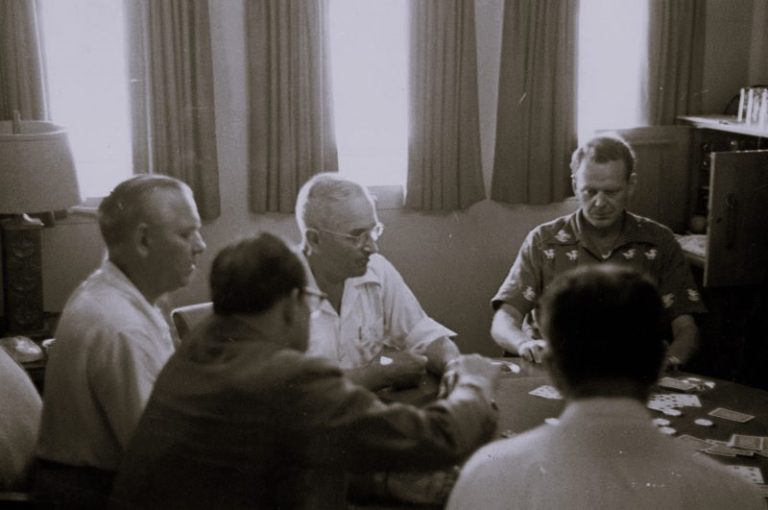

Remember waiting for the morning paper just to see the final score of last night’s game? It feels like ancient history now. Today, fans don’t just want the outcome—they want every corner, card, and goal in real time. The way we consume sports has radically changed, and it’s not just about convenience. It’s about control, adrenaline, and connection.
We’ve entered the era of instant sports gratification. Platforms like ScoreFootball.com have flipped the switch from passive viewership to active, real-time engagement. For many fans, especially in fast-paced matches, tracking the สกอร์บอล isn’t just a habit—it’s part of the ritual. No more refreshing pages or waiting on delayed commentary. Everything happens now, and we expect it to.
From Waiting Rooms to Push Notifications
For decades, sports coverage meant tuning into a scheduled program or reading about it after the fact. If you missed the live game, tough luck—you’d hear the score from a friend or catch a summary the next day. That delay was accepted, even normal.
Then came the internet, and with it, the first major jolt to the system: live text updates. They were clunky at first, but they were revolutionary. Suddenly, you could follow a game without being in front of a TV. But it wasn’t enough. The moment fans got a taste of speed, they wanted more.
Today’s fans get real-time alerts, predictive stats, and personalized content. Platforms like ScoreFootball.com don’t just show the score—they break down the action as it happens, offering context, commentary, and momentum tracking. We’re no longer just watching games—we’re syncing with them.
The Psychology Behind Real-Time Obsession
There’s a reason why your heart skips a beat when your phone buzzes with a score update—it’s dopamine. Our brains crave information, and when that information is tied to something emotionally charged like sports, the hit is even stronger.
Live scores act as a feedback loop. When your team is ahead, it’s a rush. When they’re down, it fuels anxiety and anticipation. This constant state of emotional flux keeps fans locked in. They’re not just watching—they’re feeling every second. That’s a big shift from the days when you’d just catch the final result and move on.
We’re also wired for FOMO. When everyone’s reacting to a last-minute goal, you don’t want to be the one who hears about it late. Real-time updates help fans stay part of the moment—no matter where they are. It’s part pride, part social currency.
Second Screens and Split Attention
Let’s be honest—most people don’t watch games with 100% focus anymore. One eye is on the screen, the other on their phone. That’s not a glitch in the fan experience—it’s the new normal.
Second screens offer live stats, betting odds, and alternate angles. They also allow fans to chat with friends, share hot takes, or scroll for memes mid-game. This multitasking isn’t a distraction. It’s a layered experience.
Services like ScoreFootball.com thrive in this environment. Their updates are built for the modern attention span—quick, reliable, and designed to complement the main event. You don’t need to watch the full 90 minutes to stay emotionally invested. You just need to be plugged into the score feed.
The Influence on Betting and Fantasy Leagues
Live sports data doesn’t just entertain—it drives entire industries. Real-time scores have become the backbone of sports betting and fantasy leagues. Every stat, substitution, or injury update can shift odds and change outcomes.
For casual fans, that might mean tweaking a fantasy lineup mid-game. For bettors, it can mean cashing out or doubling down based on a sudden change in momentum. And for both, platforms that deliver up-to-the-second updates are essential.
This is where services like ScoreFootball.com gain a loyal user base. They’re not just feeding scores—they’re enabling decisions. That level of utility adds a layer of seriousness to something that used to be just for fun.
Cultural Impact: The Social Side of Speed
Fast updates have also changed how we talk about sports. Fans don’t wait to discuss the game—they react live, often before a replay is even shown. Social media is flooded with hot takes and memes within seconds of a goal.
This kind of instant commentary builds community. Fans around the globe are now watching together in real time, reacting in sync. It’s not just about the match—it’s about the moment you share with others while it’s happening.
That’s why live score platforms are more than tools—they’re part of the culture. They create a shared timeline of events that fans can plug into anytime, anywhere.
Are We Losing the Bigger Picture?
Of course, there’s a flip side to this instant access. With so much focus on what’s happening now, some fans lose sight of the bigger picture. Deep analysis, thoughtful commentary, and tactical breakdowns often get drowned out by the constant ping of score updates.
The rush to know everything right away can erode patience. A missed chance? Panic. A yellow card? Outrage. The space for context has shrunk. The emotional rollercoaster is steeper and faster—and not everyone’s buckled in.
But this isn’t necessarily bad. It just means the game is evolving, and fans are evolving with it. There’s still room for slow-burn appreciation. You just have to seek it out—usually after the final whistle, once the real-time adrenaline has settled.
How Score Platforms Stay Ahead
Not all live score sites are built the same. The ones that win out—like ScoreFootball.com—don’t just deliver data. They deliver reliability. Nothing’s more frustrating than getting a goal notification five minutes late or missing a key update entirely.
Speed is essential, but so is accuracy. That’s why the best platforms focus on both. They also tailor their features to different types of users. Some want just the score. Others want play-by-play. And a growing number want predictive data and post-match insights the moment the whistle blows.
The smartest platforms understand this diversity and build flexible systems around it. It’s not just about feeding information. It’s about enhancing the fan experience in real time, while setting the stage for richer post-game analysis.
Instant, But Not Shallow
There’s a common criticism that instant gratification equals shallow engagement. But when it comes to live sports, that’s a lazy take. Fans aren’t less committed because they use score apps—they’re more plugged in than ever.
Real-time data doesn’t cheapen the experience. It amplifies it. It allows fans to track, react, and stay connected even when life pulls them away from the TV. Whether you’re in traffic, at work, or out for dinner, your connection to the game doesn’t break. That’s powerful.
And it’s not like fans are giving up deep dives or emotional investment. They’re just changing how and when they engage. A fan who follows every second via live scores is just as devoted as one glued to the screen—sometimes more.

The cultural shift toward instant sports gratification isn’t slowing down. If anything, it’s picking up speed. Fans are demanding more—faster updates, smarter features, deeper engagement.
Live score platforms like ScoreFootball.com aren’t just keeping up—they’re helping define what fandom looks like today. They’re part scoreboard, part social hub, part command center.
And as sports continue to blend with tech, expect even more from these services—AR alerts, live stat overlays, and maybe even real-time emotion tracking. The future isn’t just fast—it’s interactive, immersive, and wildly addictive.
So if you’re still waiting until the end of the match to check the score… you’re missing half the fun.


